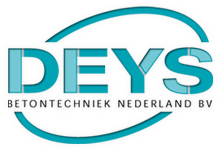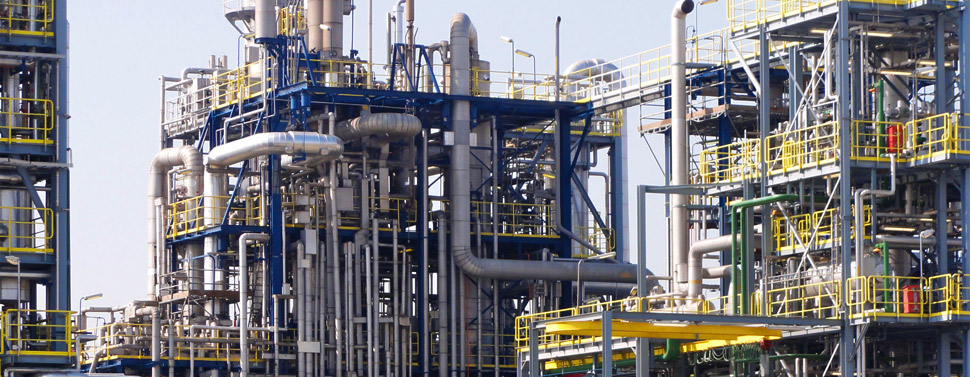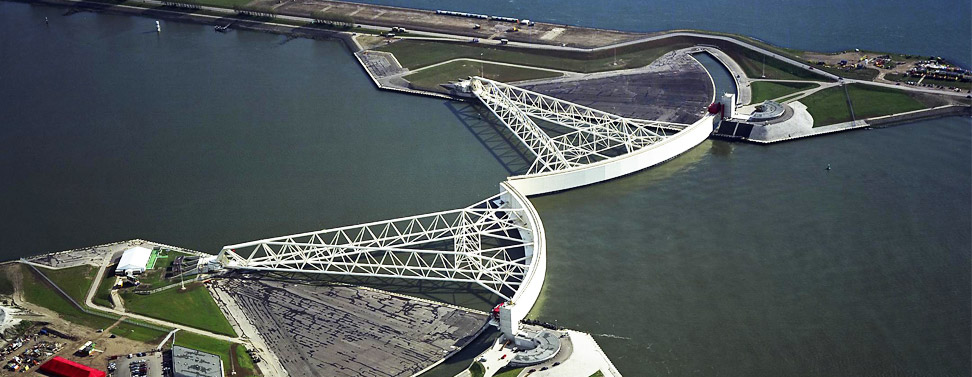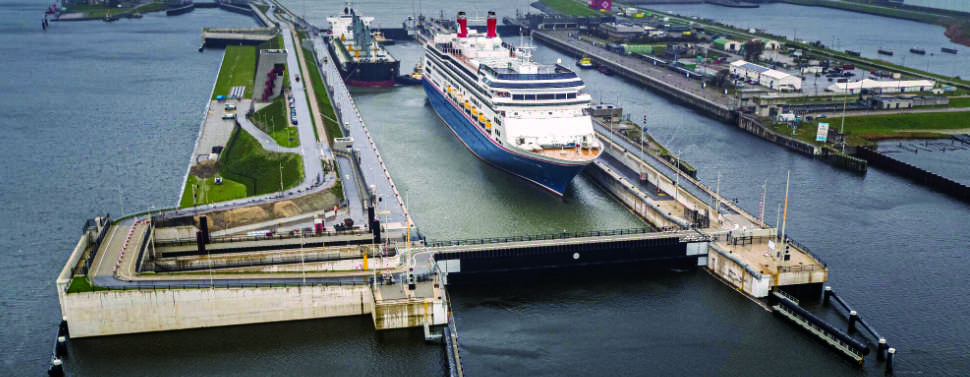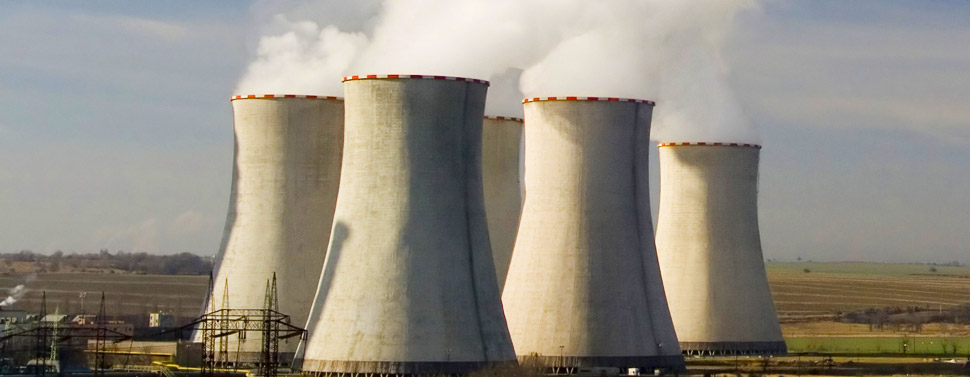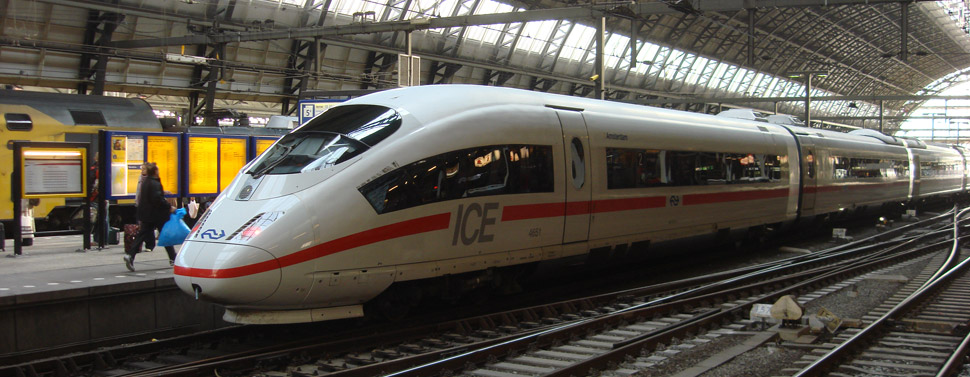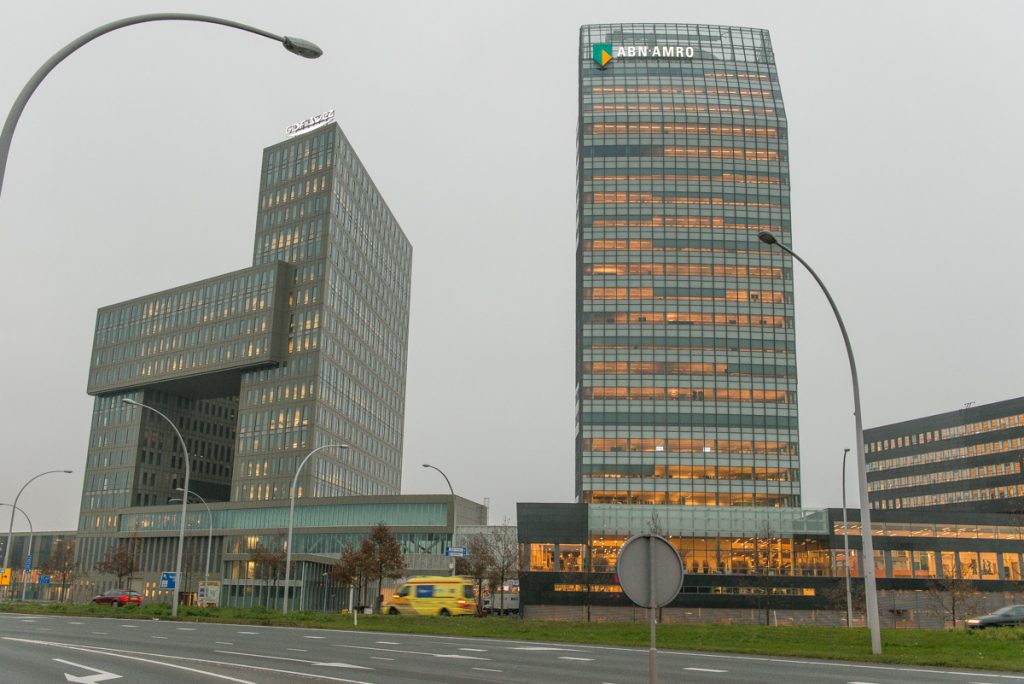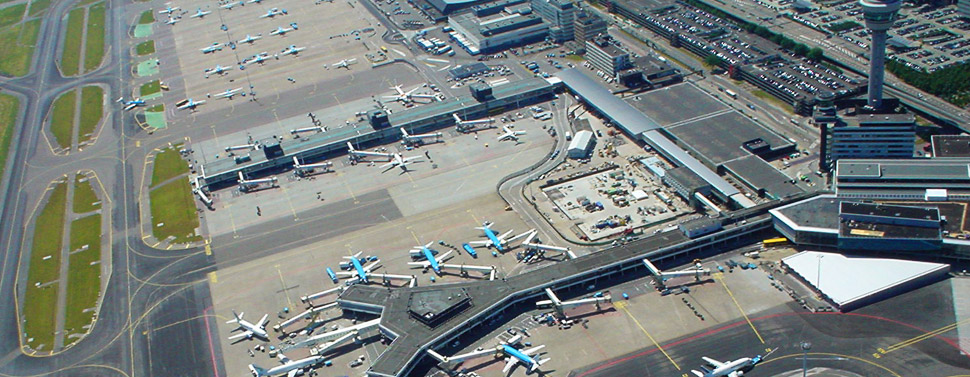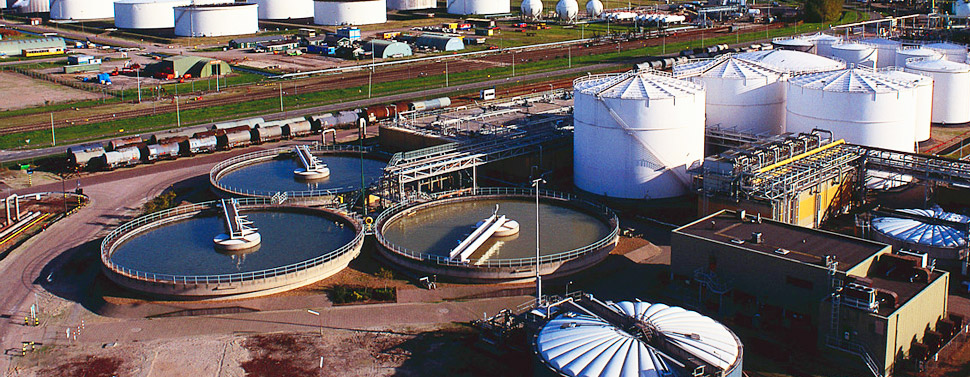General Processing Advice Trowel and wet guniting grouts (cement-bound) [B]
Preliminary treatment of the ground
Before applying BETEC repair mortar, the mineral ground should be freed of cement skin, dirt, grease, oil, dust, curing compound, paint residues, loose parts and other contaminants.
The ground should be roughened to such a degree that good adhesion is obtained.
Roughening and removing the cement skin from the mineral ground can be carried out by means of mechanical actions such as spraying water under high pressure, grit blasting, dabbing, grinding or hacking (pneumatically, electrically, manually).
The mineral ground should be frost-free!
Pre-moistening of the ground
Highly absorbing grounds must be moistened with clean tap water until no more water is absorbed in ample time before the repair material is applied. When applying the reparation mortar the ground should not be water-repellent (glistening wet); this will reduce adhesion. If the ground still shows too much water absorption, the adhesive surface will burn because of the low water-cement ratio.
There are various options for additional adhesive layers, dependent on the surface and field of application; refer to our technical staff concerning this.
Mixing
BETEC repair mortars can be mixed in a free-fall concrete mixer, forced mixer, Deys 200 groutautomatic or in case of smaller amounts with a plaster mixer for electric drilling machines.
For the correct water dosage we refer to the front of the packaging; the minimum and maximum water dosage are mentioned there. The water dosage should not be below the minimum need for water, the maximum dosage must not be exceeded.
Fill the mixer with 2/3 of the water dosage indicated, then add the BETEC repair mortar.First mix thoroughly, so that a mixture free of lumps is produced. Then gradually add the remaining 1/3 of the mixing water until the correct consistence is realised; do not add any more water than strictly necessary.
- Do not add water afterwards
- Always use clean tap water, or suited mixing fluids delivered by us
- The total mixing time amounts to a minimum of 3 minutes (approximately 3-5 minutes)
- The processing time amounts to approximately 50-70 minutes (high-early-strength mortars approximately 10 minutes) (20ºC)
Note: in order to obtain a polymer modified repair mortar (PCC), polymer dispersion BETEC 410 should be added to the mixing water; the ratio depends on the application: 5 to 3 parts water for 1 part BETEC 410. It is also possible to use PCC mortars which are ready for use – refer to our technical staff concerning this.
Processing
Dependent on the type of mortar, BETEC repair mortars can be applied manually or mechanically (wet-guniting system).
In manual applications, often an adhesive layer BETEC 031 or from BETEC 410 mixed 1:4 parts with tapped water should be applied; this layer must be brushed with force into the ground with a broom or a steel brush. The repair mortar should be applied within the processing time of the adhesive layer (WET-IN-WET). Dry adhesive layers must be removed.Another option is the application of an adhesive layer of the same material.
- Minimum processing temperature of BETEC repair mortars is 5ºC; for the application in temperatures of +5ºC to -5ºC you should consult our technical staff concerning measures that should be taken in winter.
Curing
Because BETEC repair mortars are cement-bound, it is of the greatest importance that the mortar is cured. Because of the low water-cement ratio the mortar must be cured for 5 days at the minimum in order to prevent premature desiccation and ensuing shrinkage. This can be done by wetting with clean tap water. Another option is to cover the mortar with moist burlap covered with synthetic foil. Less time-consuming is the use of BETEC BETOFILM curing compound which must be applied in two layers.
Packaging and storage
BETEC mortars are delivered in packages of 20/25 kg; packaging consists of several layers of paper, with layers of perforated synthetic material in between. The packaging material is not water-tight and must be stored in a dry and frost-free place. In the original closed packaging the storage life of the mortar is 12 months.
Health & Safety
BETEC® are products based on cement and can therefore cause burns to skin and eyes, which should be protected during use. Wear gloves and protective eye shields. Wearing a dust mask is advised. Treat splashes to eyes and skin immediately with clean drinking water. Consult a doctor when irritation continues. If accidentally ingested, drink water and consult a doctor. Users must comply with all risk and safety phrases. Safety data sheets can be obtained from Deys Betontechniek or from our website. GISCODE ZP1.
